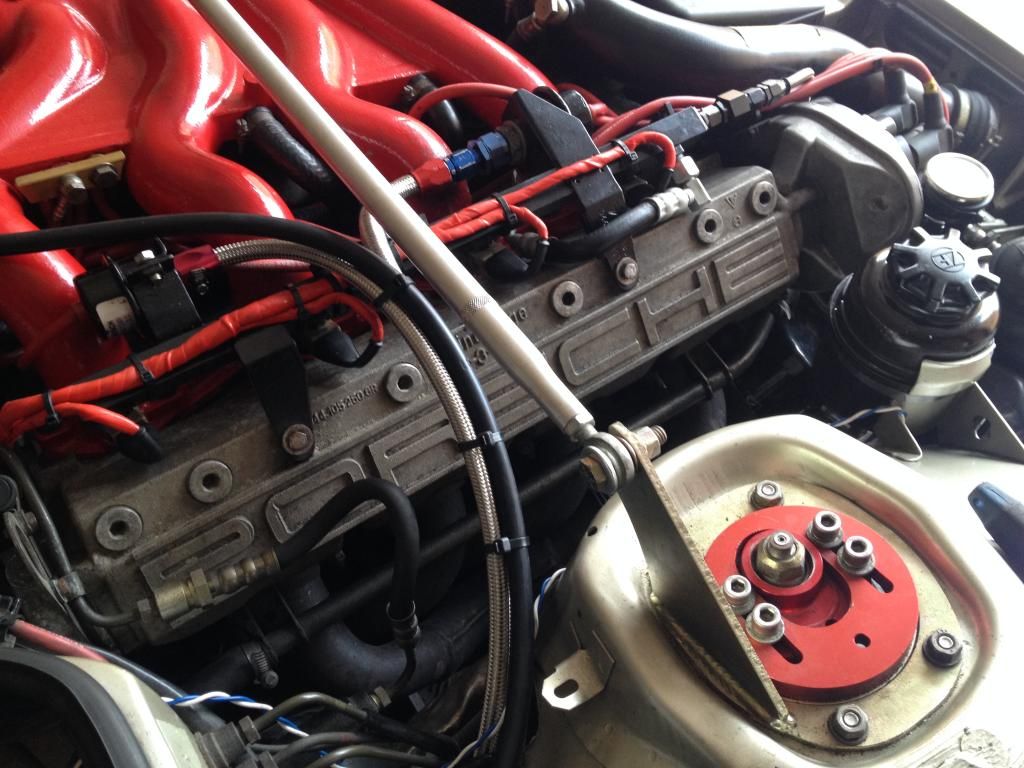Has anybody out there tried this?
Following a you-tube video (https://www.youtube.com/watch?v=AL3jbcrqY8g) I made myself a cap to fit into the 'J-boot' and connected it up to a compressor.
I have to say I'm a bit puzzled. I thought I would be able to actually pressurise the system, but I'm not sure it build any pressure. I have a couple of pressure gauges in the system, including one fixed into the adapter in the J-boot. None of them register any pressure at all when the line from the compressor is open.
According to the video this also pressurizes the crank case. Certainly air comes out the filler cap if I remove it. I guess that might make it difficult for the system to hold pressure. The other alternative I suppose is that the system is shot full of leaks, but the car does generate boost on the road so I think not.
Despite this I can use it to find leaks! There's one in a pipe junction under the manifold, and my cycling valve also seems to leak.
Does anybody have any experience of this? I'm not sure how much further I can take the diagnostic as it's difficult to see/hear/spray soapy liquid very far under the manifold.
This is really just a preamble to replacing the vacuum hoses... but I wanted to try the diagnostic first. I'm not sure if its working or not at this point!
Chris
220T
Following a you-tube video (https://www.youtube.com/watch?v=AL3jbcrqY8g) I made myself a cap to fit into the 'J-boot' and connected it up to a compressor.
I have to say I'm a bit puzzled. I thought I would be able to actually pressurise the system, but I'm not sure it build any pressure. I have a couple of pressure gauges in the system, including one fixed into the adapter in the J-boot. None of them register any pressure at all when the line from the compressor is open.
According to the video this also pressurizes the crank case. Certainly air comes out the filler cap if I remove it. I guess that might make it difficult for the system to hold pressure. The other alternative I suppose is that the system is shot full of leaks, but the car does generate boost on the road so I think not.
Despite this I can use it to find leaks! There's one in a pipe junction under the manifold, and my cycling valve also seems to leak.
Does anybody have any experience of this? I'm not sure how much further I can take the diagnostic as it's difficult to see/hear/spray soapy liquid very far under the manifold.
This is really just a preamble to replacing the vacuum hoses... but I wanted to try the diagnostic first. I'm not sure if its working or not at this point!
Chris
220T










